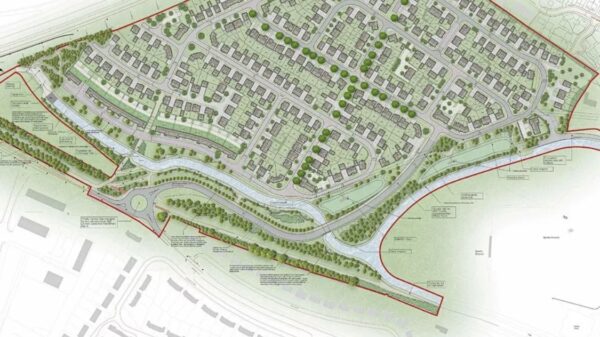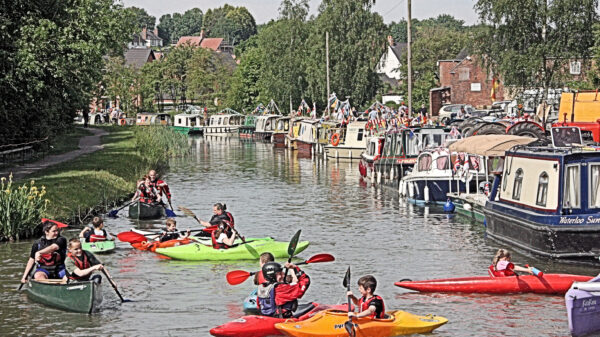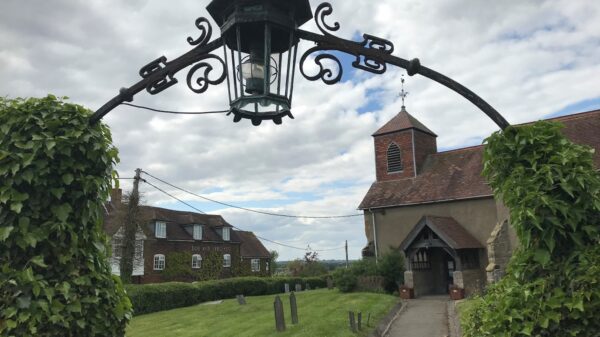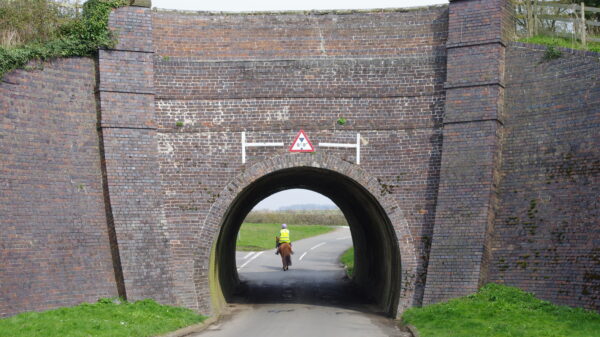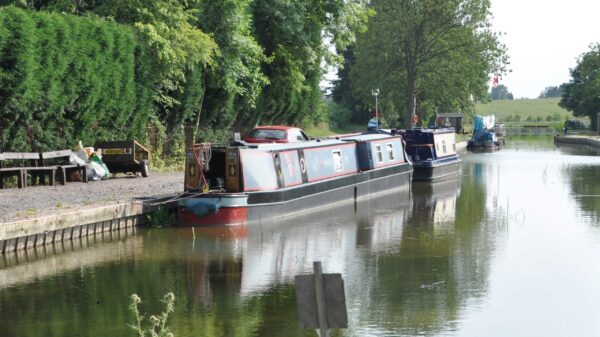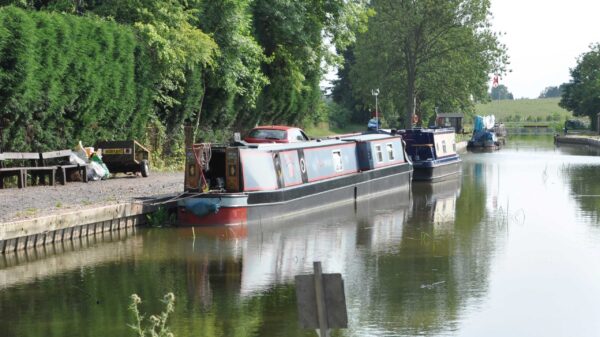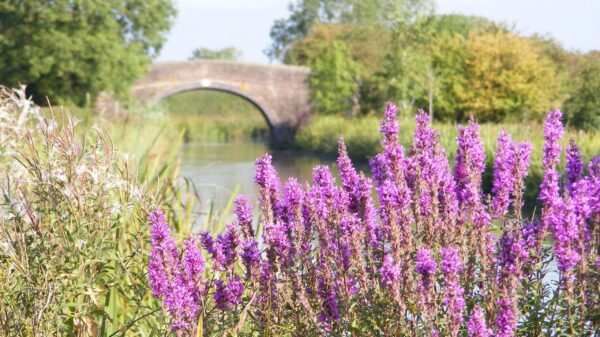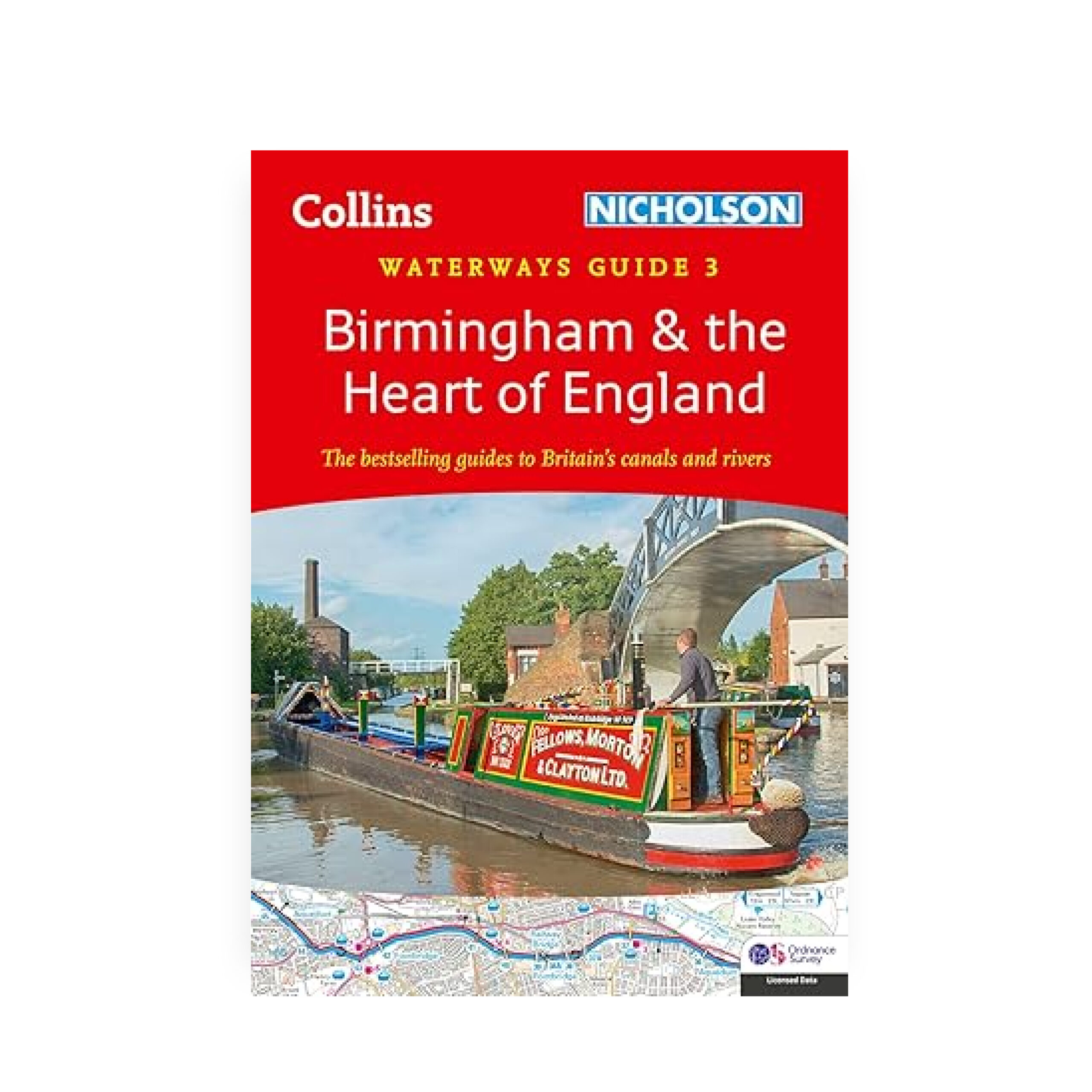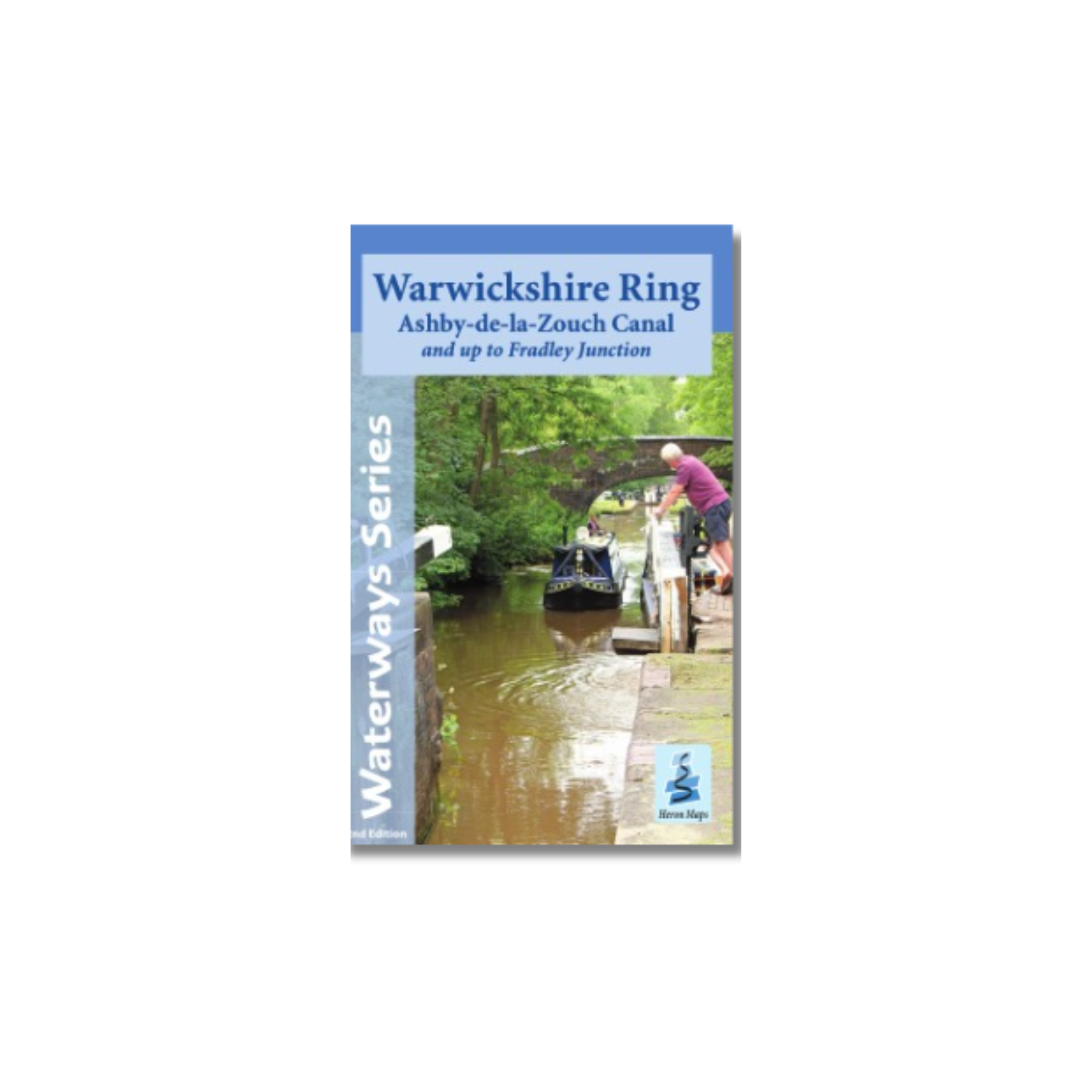Restoration of the Ashby Canal
The Ashby Canal was originally 30 miles long. Its terminus was in Moira but the northern 8 miles of the waterway were progressively closed due to coal mining subsidence.
Planned as a broad canal it has wider bridges, designed to take barges. Nowadays it is used only by narrow boats and some of the bridge holes have been narrowed.
In recent years the Ashby Canal restoration has improved an isolated section of 1½ miles at Moira. This isolated section can be accessed by trail boats and includes a new lock built to wide beam boat dimensions. The length from Snarestone to Moira is currently under restoration and was an IWA Waterways in Progress grant recipient to allow for the construction of a new footpath between Measham and Snarestone.
Snarestone is also an IWA Silver Propeller Challenge location.

